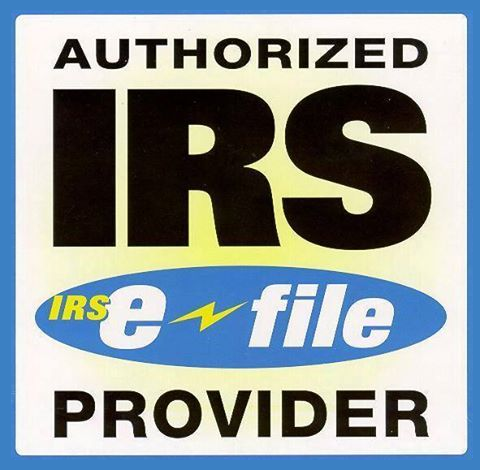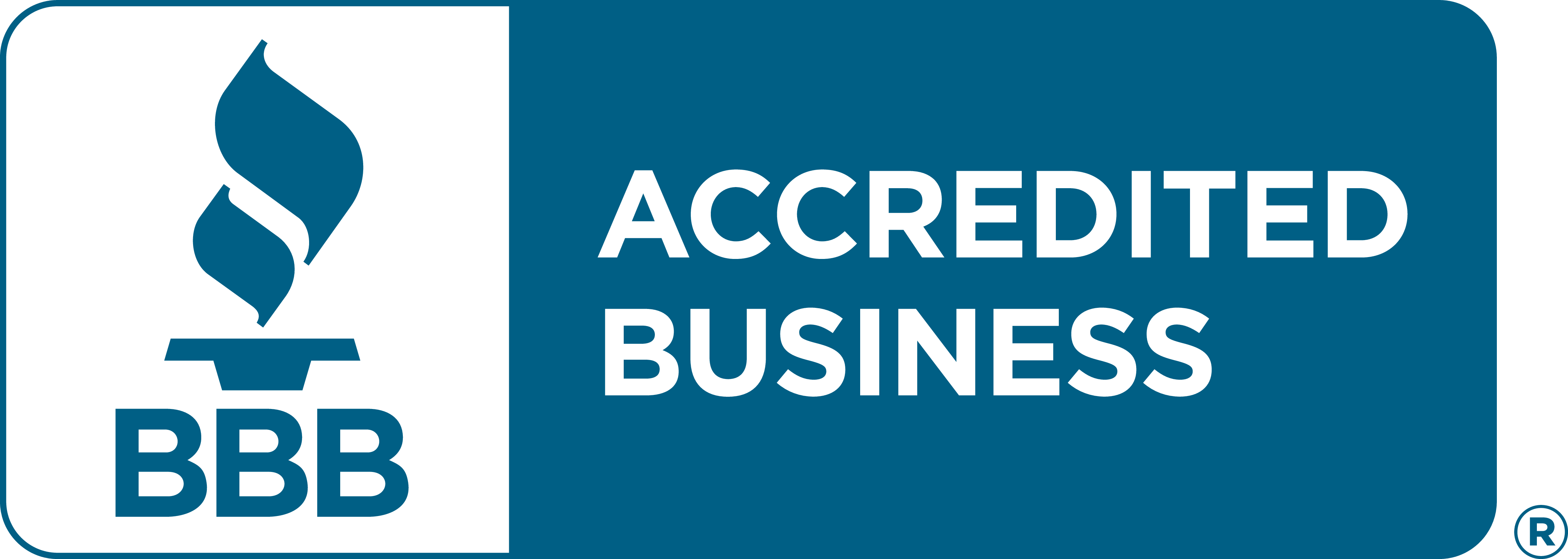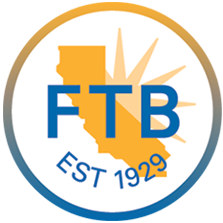Form 990 Schedule K
Excise Tax Forms
Employment Tax Forms
Information Returns
Extension Forms
FinCEN BOIR
General
Introduction
Schedule K, "Supplemental Information on Tax-Exempt Bonds," provides detailed information about supplemental financial data and is primarily used to report information regarding tax-exempt bond issues and certain other types of tax-exempt financing transactions at any time during the tax year.
In this resource article, we help understand Schedule K by clarifying who must file, the filing requirements, and addressing commonly asked questions.
Table of Contents
What is Schedule K?
Schedule K, is a supplemental schedule attached to Form 990 to provide certain information on its outstanding liabilities associated with tax-exempt bond issues. Municipalities typically issue these bonds to raise funds for qualified organizations, allowing the organization to access capital for projects at a lower interest rate.
Who must file Schedule K?
An organization that answered “Yes” on IRS Form 990, Part IV, Checklist of Required Schedules, question 24a, must complete and attach Schedule K to Form 990. This applies to most types of tax-exempt bonds used by qualified organizations, not just the common 501(c)(3) bonds.
It also indicates the organization reported an outstanding tax-exempt bond issue that:
- Had an outstanding principal amount of over $100,000 as of the last day of the tax year, and
- Was issued after December 31, 2002.
Embrace the Future of Tax Filing – Choose TaxZerone Today!
Make your e-filing process simple by clicking the button below.
Schedule K Filing Requirements
Below, we have provided Schedule K filing requirements for each part.
Part I - Bond Issues
To complete Part I, provide the requested information for each outstanding tax-exempt bond issue (including a refunding issue) that:
- Had an outstanding principal amount of over $100,000 as of the last day of the tax year (or other selected 12-month period), and
- Was issued after December 31, 2002
- Columns (a) and (b) - Enter the name and employer identification number (EIN) of the issuer of the bond issue.
- Column (c) - Enter the Committee on Uniform Securities Identification Procedures (CUSIP) number on the bond with the latest maturity.
The CUSIP number should be identical to the CUSIP number listed on Form 8038, Part I, line 9, filed for the bond issue. If the bond issue wasn't publicly offered and there is no assigned CUSIP number, enter zeros in place of the CUSIP number. - Column (d) - Enter the issue date of the obligation. The issue date should be identical to the issue date listed on Form 8038, Part I, line 7, filed for the bond issue.
- Column (e) - Enter the issue price of the obligation. The issue price should generally be identical to the issue price listed on Form 8038, Part III, line 21(b), filed for the bond issue.
- Column (f) - Describe the purpose of the bond issue.
- Column (g) - Check “Yes” or “No” to indicate whether a defeasance escrow or refunding escrow has been established to irrevocably defease any bonds of the bond issue
- Column (h). Check “Yes” if the organization acted as an “on behalf of issuer” in issuing the bond issue. Check “No” if the organization only acted as the borrower of the bond proceeds under the terms of a conduit loan with the governmental issuer of the bond issue.
- Column (i) - Check “Yes” or “No” to indicate if the bond issue was a pooled financing issue.
Part II - Proceeds
For Part II of Form 990 Schedule K, complete each bond issue listed in rows A through D of Part I. Also, complete multiple schedules if necessary to account for all outstanding tax-exempt bond issues.
Part III - Private Business Use
Part III requires the filing organization to complete bond issues listed in rows A through D of Part I, other than listed bond issues that are post-December 31, 2002, refunding issues which refund pre-January 1, 2003, bond issues directly or through a series of refundings.
For this purpose, a refunding bond issue also includes the allocation and treatment of bonds of a multipurpose issue as a separate refunding issue under Regulations section 1.141-13(d).
Part IV - Arbitrage
For this part, complete each bond issue listed in rows A through D of Part I. Also, complete multiple schedules if necessary to account for all outstanding tax-exempt bond issues.
Part V - Procedures To Undertake Corrective Action
Check “Yes” or “No” to indicate whether the organization has established written procedures to ensure timely identification of violations of federal tax requirements and timely correction of any identified violation(s) through the use of the voluntary closing agreement program if self-remediation isn't available under applicable regulations.
Answer “Yes” only if the procedures applied during the 12 months are used to report on the bond issue.
Part VI - Supplemental Information
Use Part VI to provide the narrative explanations required, if applicable, to supplement Part I, columns (e) and (f); to provide additional information or comments relating to the reporting of liabilities by related organizations; and to describe certain assumptions that are used to complete Schedule K (Form 990) when the information provided isn't fully supported by existing records.
Also, use this part to supplement responses to questions on Schedule K (Form 990). Identify the specific part and line number that the response supports, in the order in which the responses appear on Schedule K (Form 990).
Choose TaxZerone to complete your Schedule K filing
TaxZerone is an IRS-authorized e-file service provider, that offers more than a seamless e-filing experience. By filing with us, you get instant updates on your exempt information return’s filing status, ensuring you're always in the loop.
At TaxZerone, we've designed a user-friendly platform that simplifies the e-filing process and provides comprehensive support at every step.
Here’s how your Form 990 return with Schedule K attachment is transmitted to the IRS in 3 simple steps!
- Provide Organization Details - Choose the tax year for which you want to file a return, and provide your organization’s details.
- Preview the Return - Complete Schedule K and preview the information provided in the return for accuracy before transmitting.
- Transmit to the IRS - Transmit Schedule K and your 990 return to the IRS and get the acceptance in just a few hours.
In case of IRS rejection for your 990 information return, worry not! We offer a hassle-free correction and retransmission process, absolutely free of charge!
Choose TaxZerone - Your Gateway to Seamless Tax Filing
Complete your Form 990 return and Schedule K filing requirements with ease!





